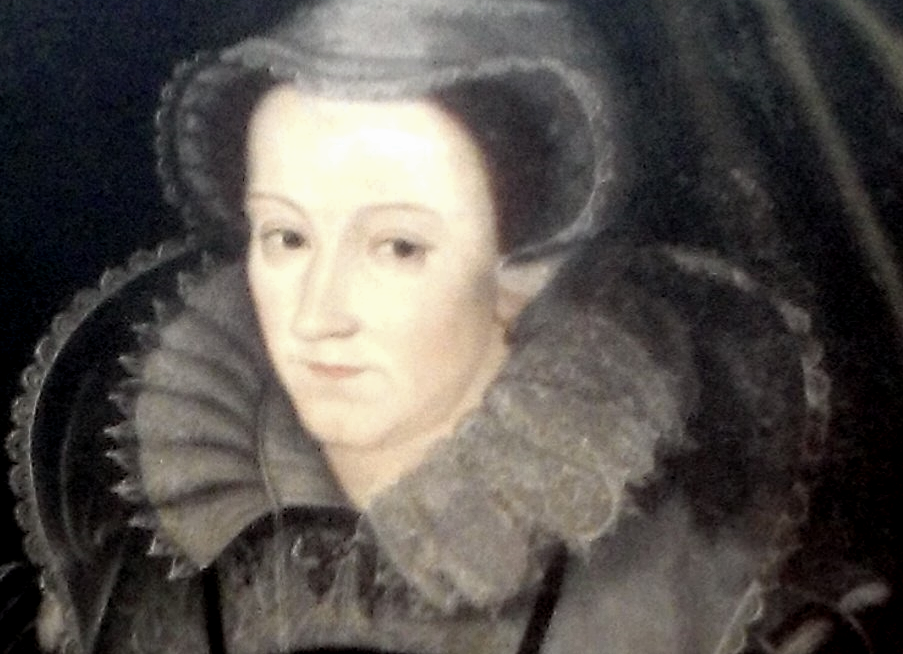
Mary, Queen of Scots is one of the most tragic figures in royal history. She inherited her crown at only six-days-old and spent her childhood and adolescence in France. After the death of her first husband, King Francis II died in 1560, she returned to a turbulent and uncertain Scotland. With two questionable Scottish marriages, she attempted to flee after an unsuccessful uprising. Soon thereafter, she was forced to abdicate her throne on 24 July 1567.
After returning to Scotland from France, Mary Stuart was on uneven footing with the Scottish lords who held much of the political power. There were several different factions, including a powerful Presbyterian group, who held significant sway. She angered the Presbyterian lords with her second marriage to Henry Stuart, Lord Darnley, her Catholic cousin, in 1565. The marriage quickly disintegrated after they wed and quickly conceived their son – Darnley was found murdered in 1567, with many suspecting Mary of the murder. She then married again, to the Protestant James Hepburn, Earl of Bothwell, just over two months later. He was the leading suspect in Darnley’s murder; Catholics disliked him, and the other Protestant lords turned against him quickly.
Twenty-six Scottish peers raised their own army to fight against Mary and Bothwell. Mary’s forces dwindled quickly, with men deserting their queen rapidly. While Mary negotiated with the Lords, Bothwell was given safe passage. She was taken to Edinburgh, and then to Loch Leven Castle on 16 June 1567. Sometime between 20-23 July, she miscarried twins. Finally, on 24 July 1567, Mary was forced to abdicate in favour of her infant son, James VI of Scotland. Her half-brother, James Stewart, Earl of Moray, one of the twenty-six who had opposed her, was named Regent to the year-old king. James grew up with an intense dislike of his mother – fed to him by the Presbyterian lords who raised and served him – but as he was named heir to Elizabeth I, he did end up fulfilling his mother’s wish of being her heir.
Mary would spend the remainder of her life imprisoned. She escaped to England in 1568 and remained imprisoned until her execution in 1587. Although she never met her cousin who executed her, Mary continued to write with Elizabeth and to her son, James. After he became King of England and Scotland, he had Mary’s body reinterred at Westminster Abbey in 1612.

